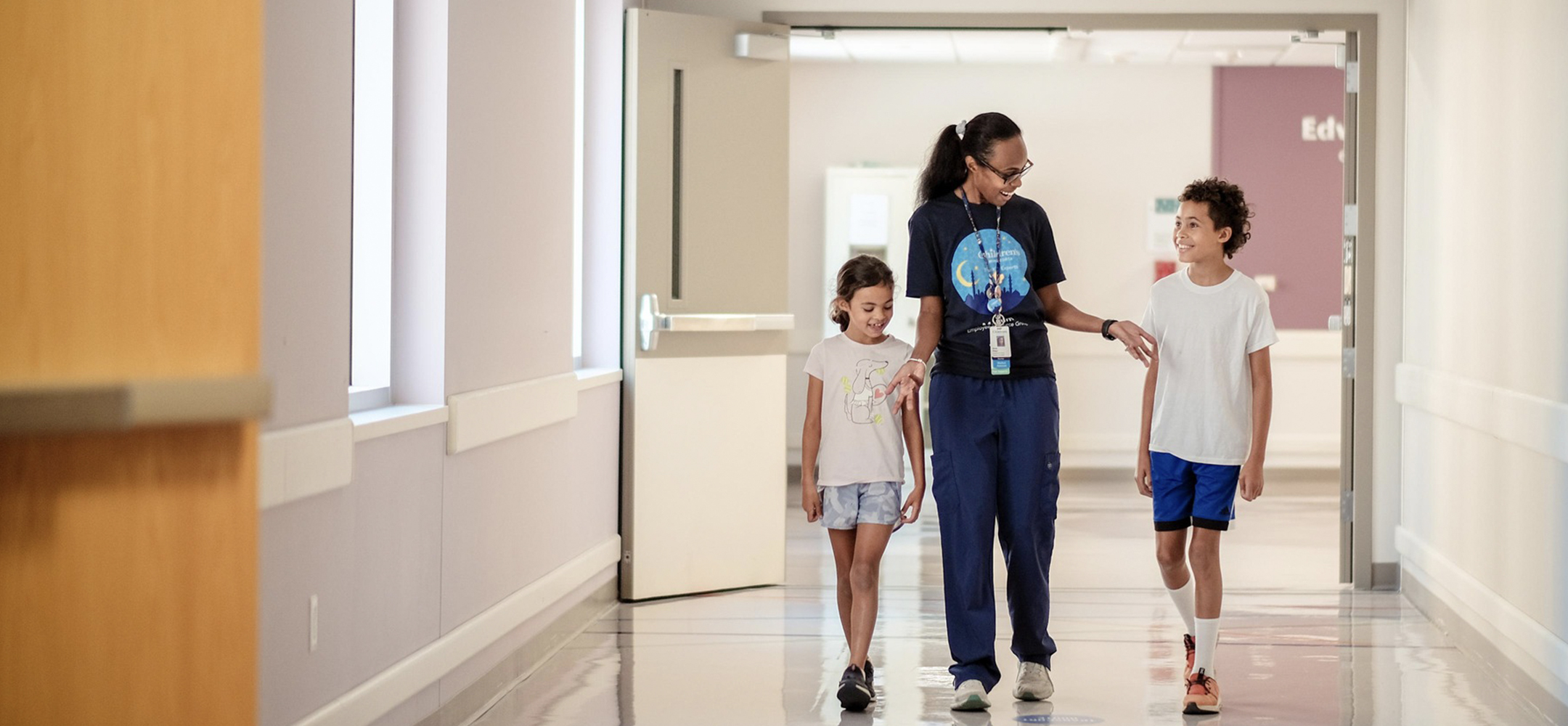NPS growth and employee engagement: The power of thoughtful communication

After identifying a gap in how patients and families were receiving information in two specific departments, Children’s Minnesota focused on what they could do to improve communication and deliver the best results—and in doing so, they bumped the Infectious Disease department’s key driver scores by 2.9% and the Medical Imaging department’s NPS by 4 pts.
How did they do this? NRC Health hosted a live webcast to discuss Children’s Minnesota’s case study on improving parental involvement to achieve better NPS scores. One of the metrics they found their Infectious Disease department needed particular attention in was the “received enough information” metric. For Medical Imaging, one of the biggest detractors was when test procedures didn’t begin on time because of staffing shortages, impacting how quickly they could test patients. Leaders built strategies around these goals to achieve remarkable results, provide the best possible care, and empower care teams.
“It was a multi-pronged approach, and that teach-back technique was part of it,” says Anu Kalaskar, MD, Medical Director of the Infectious Disease Program at Children’s Minnesota. “What we did first was identify that we had a gap in patients and families feeling like they were receiving enough information. When we looked more into the data, it seemed that most families felt like they were receiving enough information but felt like it could be just a little bit more—and that they were mostly receiving what they wanted, but maybe there was more complete information we could provide.”
Strategies for success
Kalaskar says that one of the strategies Children’s Minnesota used to improve retention was to start the visit by asking, What are you hoping to learn? and What are you hoping to get from the visit? “During the visit, we held touch points where we reviewed if there were any concerns about the information that had been discussed, or questions that they could answer along the way,” she says. “At the end, they specifically asked direct questions: ‘Were all of your questions answered? Can you review what we’ve discussed as you’ve learned it?’ They also identified three of the most common diagnoses they saw in their clinic and developed some diagnosis-specific written educational material.
“We know from our patient population that due to the complexity of information, and the fact that quite a few of our patients start in the inpatient side of things and then are followed up with us in the clinic, the types of information that they get can be different, and information can get lost as well,” she adds. “So, it was looking at those specific ratings, but just kind of overall brainstorming about where the gaps could be. We tried to wrap up any loose ends by the end of the visit and kind of keep that communication open, whether it be on lab work or timing of procedures, to let the family know that the communication was left open and that we were always available for them to reach out to us if they had questions.”
Kalaskar adds that approaching the communication gap systematically was influential. Their engaged workgroup met regularly to brainstorm what the gaps were, asking, Why would this be happening? And What could we do differently? They worked with Patient Experience Coach Shanna McCann, CPXP, and ensured that institutional support was in place to empower change.
Methods for mastery
“Part of my role is to partner with senior leaders and review their data,” McCann says. “When Ken Norberg, our Director of Medical Imaging and Biomed Services, joined our organization, we took some time to review the data to see what patients and families were saying in comments, and where our opportunities with our data were in terms of those key drivers of our Net Promoter Score. From there, we asked how we could do better. We immediately saw some trends in staffing explained, such as managing wait time, communicating with families, and just some opportunities to improve welcoming behaviors.”
McCann adds that Norberg had experience with AIDET in a previous organization. “It was super successful,” she says. “We knew that all the skills that could address those key metrics came forward in AIDET. It’s simple, easy to remember, and quick to implement.”
Some strategies the organization uses to reinforce change are having reminder posters in breakrooms and tech work areas and having leaders discuss the importance of AIDET during employee rounding and engagement activities. Recognizing staff and spot-coaching in the moment are easy things to do, and can help improve the patient experience.
“What I really love about highlighting these two cases from our organization is that each individual group matters and contributes to our overall system experience,” McCann says. “Your initiatives can take a couple of years to implement, or they can take a quarter, and thinking that through has a great impact. And it can be simple or it can be a longer process, and are many ways to achieve improvements. And I’m super excited to really celebrate these two teams and their ability to identify a gap, lean into it with their frontline staff, and make change in partnership with their frontline.”
ACCESS YOUR COPY: Get your copy of the Children’s Minnesota case study.
WATCH THE WEBCAST: Check out the engaging webcast on-demand.


